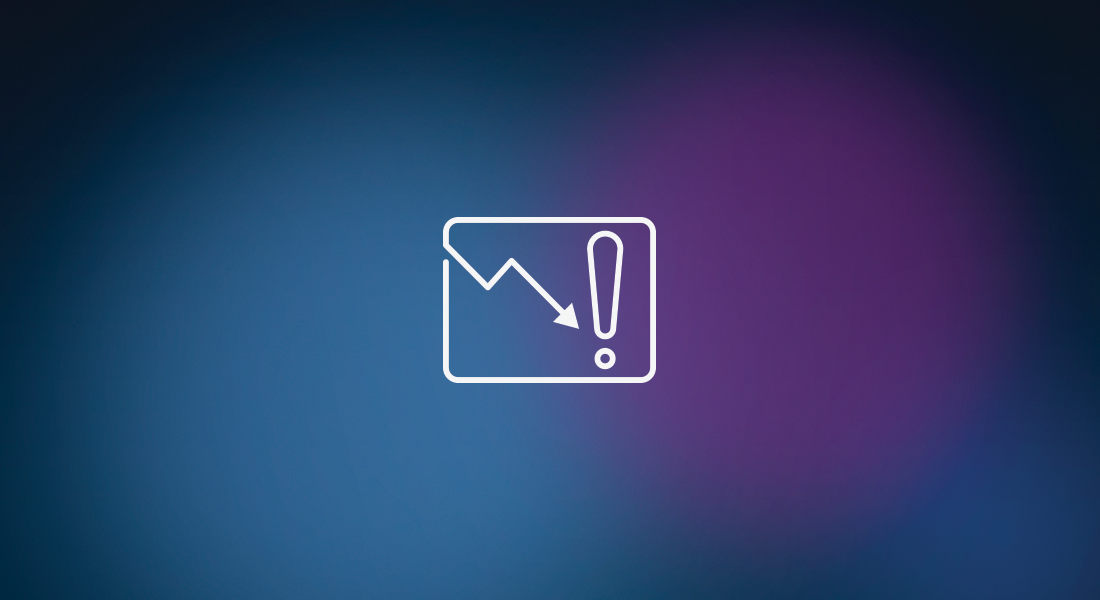
The importance of risk management has always been clear in financial services, but it is growing in other industries, including energy and telecommunication companies. This importance is being amplified through increasing demand for risk and finance integration. New risk data architecture is needed to focus on the integration of time






